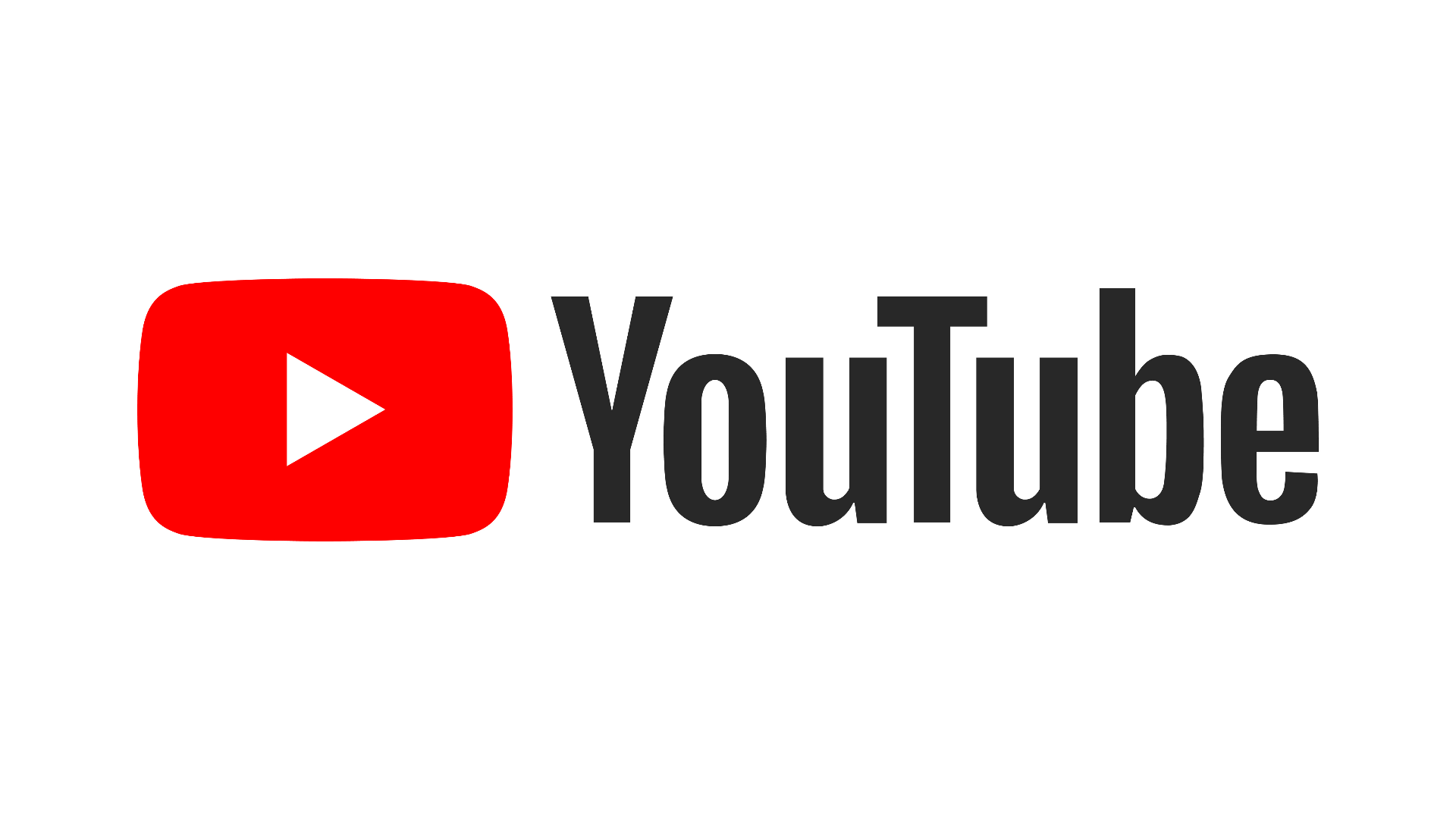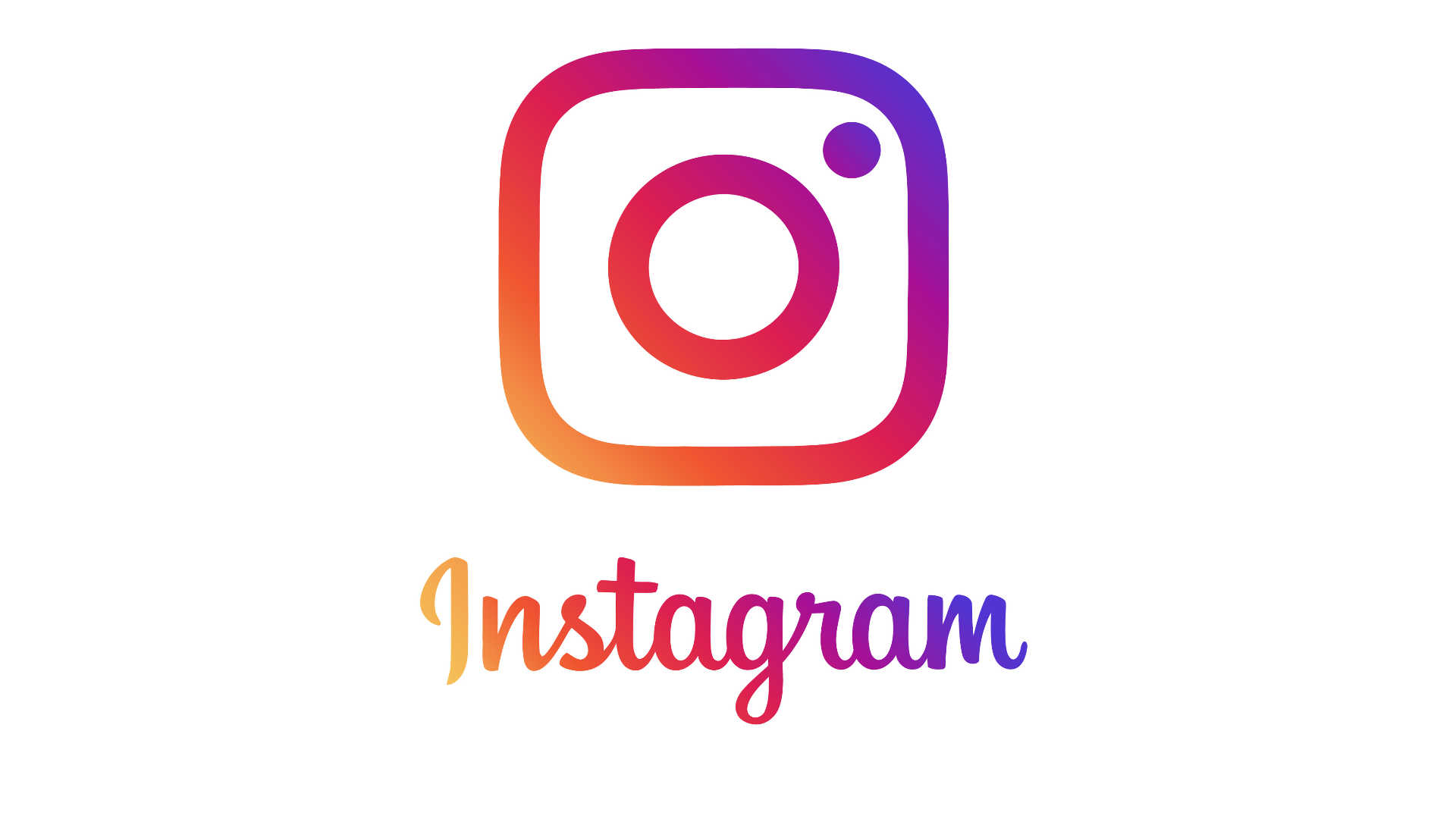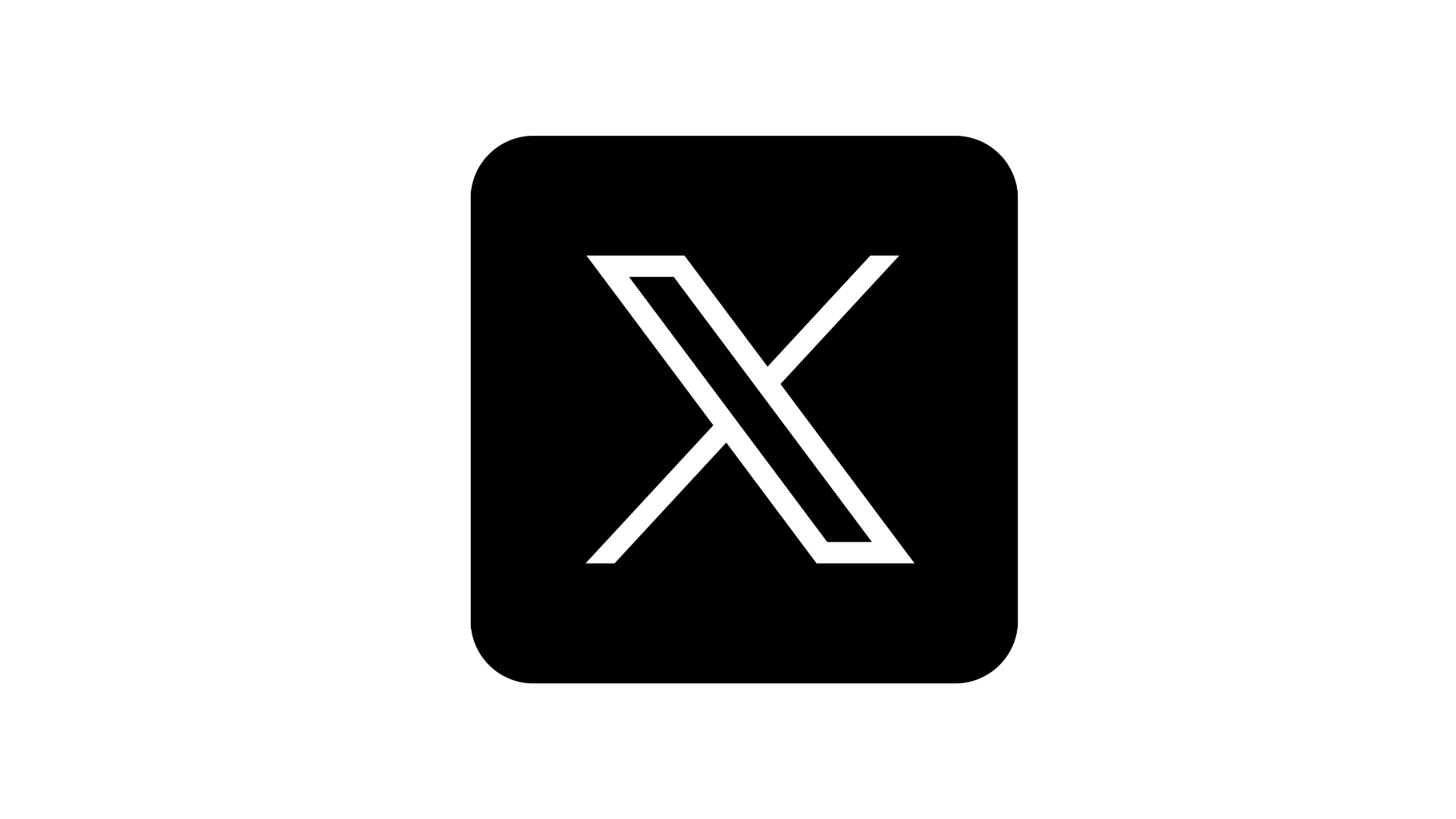Emotional Child Modes
At the centre of our personality, and pretty much the primary reason for everything we do that's designed to avoid our uncomfortable and unwanted emotional experiences, is what we call our vulnerable child. From a Schema Therapy perspective, this is how it is for absolutely everyone, regardless of what our childhood experiences might, or might not have looked like. However, if we fall into the category of having a nature, or temperament that is more sensitive to our emotional experiences, it usually plays out that the more challenging the events of our childhood were, the more vulnerability this part of our personality can develop.
Some of us learned how to work with the activation of this vulnerability using healthy and effective behaviours because we observed the way to do things in the environment around us. This helps us to internalize the skills we needed, and create them as behaviours, during the formative years of our lives. Other people weren’t exposed to these skills, or it might.ve been the case that our ability to internalize them was diminished for some reason, so we went about developing our own behaviour patterns that were simply designed to meet our unmet childhood needs. These are the different parts of our personality that create the particular modes of behaviour we’re building awareness for.
"The more challenging the events of our childhood were, the more vulnerability this part of our personality can develop."
~Steven Morris RP.
If you’re a person who’d describe yourself as someone that has the experience of emotional reactions to the external situations you find yourself in that those around you might describe as being “BIG,” or even larger than they needed to be, then there’s a high probability you’re blended with one of the parts of your personality that are usually the first line of defence for our Vulnerable Child. These emotionally reactive parts are simply acting out in ways that, in Schema Therapy, we call the Emotional Child Modes of behaviour, and their primary purpose is to protect the vulnerable child from the emotional experience they’re afraid of experiencing.
The most important thing to be aware of, before we get into working with the parts that use these particular Modes of behaviour to protect our vulnerabilities, is that what they’re doing isn’t “Bad” or “Wrong” in any way. They’re simply doing the only thing they know how, based on what we were exposed to, and learned to do, when we were children. We aren’t trying to get rid of these parts, as that would be an impossible journey to go on. We are trying to connect with them, to help them understand that they don’t need to protect that child within us in the way they once did.
Doing this work means practicing the skills of Unconditional Self Acceptance, so we can embrace the parts of our personality that are acting out in ways that don’t line up with who we want to be. This supports us in the re-education process, teaching these parts the skills we have available to us now. When the Maladaptive Schema gets switched on within our personality system, and we blend with these emotionally reactive parts, they grab the wheel to our metaphorical bus. Taking our behaviours in a direction that’s intended to protect the Vulnerable Child in some way. However, in actuality, what tends to happen is the use of a behaviour mode that provides some sort of short term, and instant relief, which often causes long term problems in the bigger picture of Living the Life we Want to Live.
"Doing this work means practicing the skills of Unconditional Self Acceptance, so we can embrace the parts of our personality that are acting out in ways that don’t line up with who we want to be."
~Steven Morris RP.
When we can recognize the activation of these parts and manage their behavioural responses to a level of tolerance in our system, we can use the skills of Emotion Regulation from DBT, as well as following the therapeutic process of the RAAVEN exercise that was created for this very specific purpose. When used in combination, this provides the information the parts need to let go of the burden of responsibility they’re holding onto. When a child feels a responsibility to protect another child, it takes away from their ability to simply be a child. This is often what’s happening within our personality system, so re-educating our parts on what’s happening right now, taking them out of the time that they’re trapped in by informing them of the skills we have at our disposal to deal with the situation in a Healthy Adult way, helps release the responsibility to protect this younger part.
The activation of our Emotional Child Modes is linked to our level of Emotional Maturity. When we’re blended with a part that’s behaving from the point of view that connected to our Emotional Child Modes, it stands to reason that our level of emotional maturity is in line with this dominant part. This is why for me, when I first stepped into Living the Life I Want to Live, being the person I wanted to be, I honestly believe that at times, my emotional maturity was probably at the level of a 6 year old. The dominant parts of my personality were behaving in ways that lined up with a child of that age. I had to accept this was the way my system was reacting before I could work on it. Accepting the behaviours is the first step to identifying them.
If you are someone who believes you may have parts of your personality that are behaving in Emotional Child Modes, take a look at the list below to see if there are any that call out to you. Click on the ink to access more information about each one, as well as finding a worksheet that was created to help identify the presence of these parts within your personality system. Identification leads to awareness. If we’re not aware of the dominant part that’s active in our system, we don’t open up the possibility of working with it.
The part of our personality that’s holding all of the emotional experiences that overwhelm our system, that sits at the core of our personality, and is the reason for all our coping mechanisms.
The part of our personality that lashes out at people around us, trying to get them to listen and agree with our current point of view.
The part of our personality that doesn’t think about the consequences of our actions, it just reacts when the feeling takes us to a place where we want to do something impulsive.
The part of our personality that doesn’t want to do the things we find as boring, unnecessary, or too challenging for us to accomplish.
The part of our personality that thinks we don’t have to do what it is we are being asked to do, expected to do, or told we must do.
Download the PDF of this page
Return to the Introduction to Modes page
Follow us on Social Media





